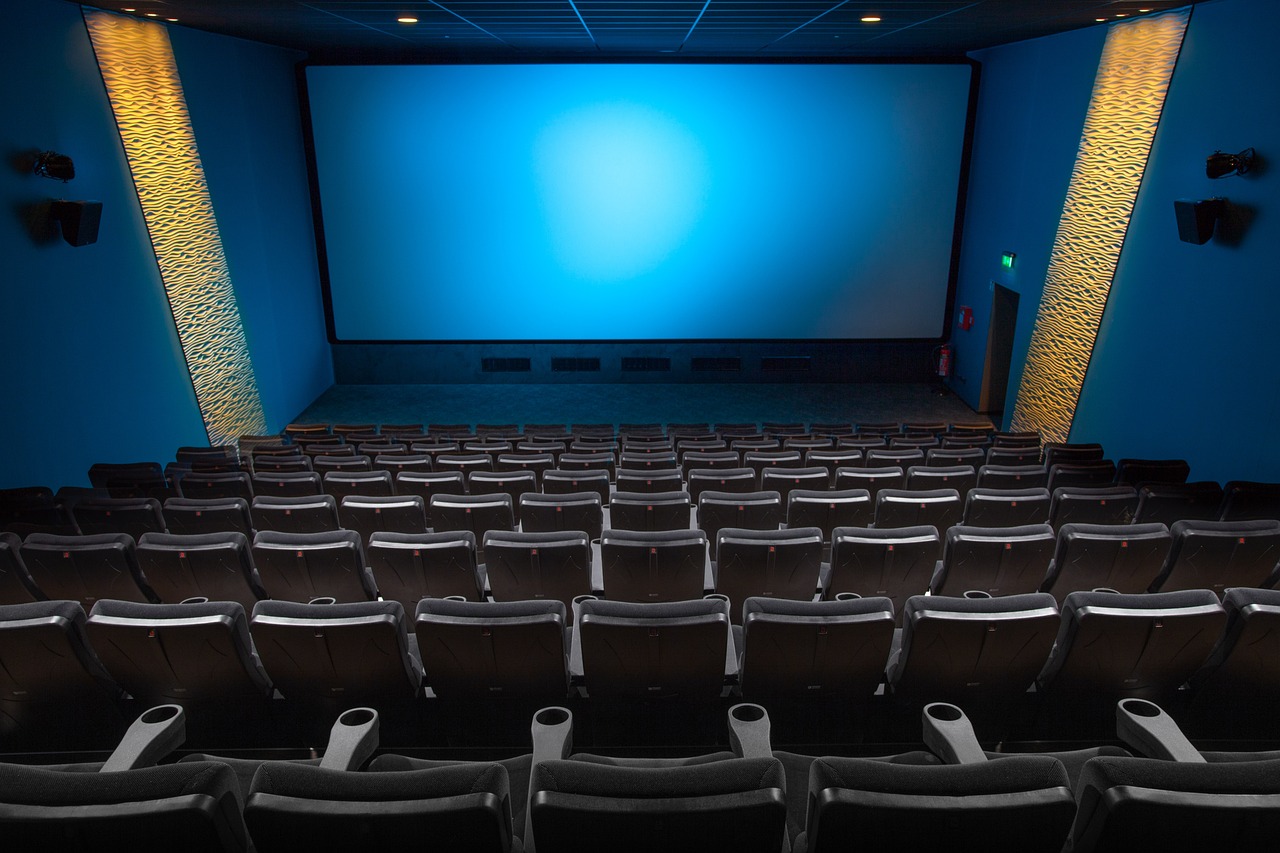Sensory Cinema: The Rise of Multi-Dimensional Movie Experiences
In an era where digital streaming dominates, a groundbreaking trend is reshaping the landscape of cinema. Sensory cinema, a revolutionary approach to filmmaking and exhibition, is captivating audiences worldwide by engaging all five senses. This immersive experience goes beyond sight and sound, incorporating touch, smell, and even taste to create a truly multi-dimensional movie-going adventure. As theaters seek innovative ways to lure viewers back to the big screen, sensory cinema stands at the forefront of a new age in entertainment.

Beyond 3D: The Fourth Wall Shatters
While 3D technology brought depth to the screen, sensory cinema aims to dissolve the barrier between viewer and film entirely. Advanced haptic systems installed in theater seats can simulate everything from the gentle sway of a boat to the intense vibrations of an earthquake. These tactile sensations work in tandem with visual and auditory cues to heighten the emotional impact of scenes and draw viewers deeper into the narrative.
Olfactory Storytelling: The Power of Scent
One of the most intriguing aspects of sensory cinema is the integration of smell. Specially designed diffusers placed throughout the theater release carefully curated scents at precise moments. The aroma of fresh-baked bread might waft through the air during a bakery scene, or the sharp scent of gunpowder could accompany an action sequence. This olfactory layer adds depth to the storytelling, triggering memories and emotions in ways that visual and auditory stimuli alone cannot achieve.
Taste: The Final Frontier
Perhaps the most challenging sense to incorporate into the cinematic experience is taste. However, innovative solutions are emerging. Some theaters are experimenting with edible mists that can be released into the air, allowing viewers to literally taste the atmosphere of a scene. Others are exploring the use of flavored strips that dissolve on the tongue, timed to coincide with specific moments in the film. While still in its infancy, the potential for gustatory storytelling is vast and exciting.
The Technology Behind the Magic
The implementation of sensory cinema requires a complex ecosystem of technologies working in perfect harmony. Central to this system is a sophisticated control unit that synchronizes all sensory outputs with the film’s timeline. High-precision scent diffusers, state-of-the-art haptic systems, and advanced audio equipment must all be carefully calibrated and maintained. Additionally, filmmakers are developing new production techniques to capture and encode sensory data alongside traditional audio and visual elements.
Challenges and Controversies
As with any emerging technology, sensory cinema faces its share of challenges and criticisms. Some purists argue that these additional stimuli detract from the core cinematic experience, potentially overwhelming subtle performances or cinematography. There are also concerns about accessibility, as the cost of equipping theaters with sensory technology is significant. Critics worry this could lead to a two-tiered movie-going experience, with premium sensory screenings available only to those who can afford higher ticket prices.
The Future of Film or Passing Fad?
While it’s too early to predict whether sensory cinema will become the new standard or remain a niche attraction, its impact on the industry is undeniable. Major studios are investing in sensory-enhanced productions, and some filmmakers are embracing the creative possibilities offered by this new medium. As the technology evolves and becomes more refined, we may see a new generation of storytellers emerge, ones who craft narratives not just for the eyes and ears, but for all five senses.
Implications for Home Entertainment
The rise of sensory cinema also raises questions about the future of home entertainment. While replicating the full theater experience at home may not be feasible, consumer-grade sensory devices are already in development. From scent diffusers that connect to smart TVs to haptic vests that provide tactile feedback, the line between theatrical and home viewing experiences continues to blur.
A New Era of Cinematic Art
Sensory cinema represents more than just a technological advancement; it’s a fundamental shift in how we experience stories. By engaging all of our senses, these immersive films have the potential to create deeper emotional connections and more lasting memories. As the technology continues to evolve and more creators embrace its possibilities, we stand on the brink of a new era in cinematic art—one where the boundaries between audience and narrative dissolve, allowing us to step into stories in ways we never thought possible.





